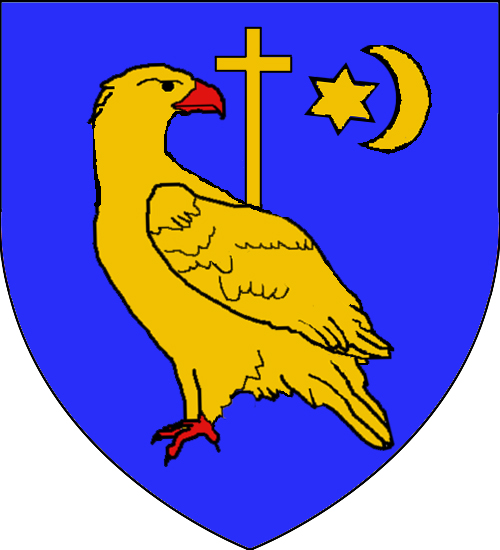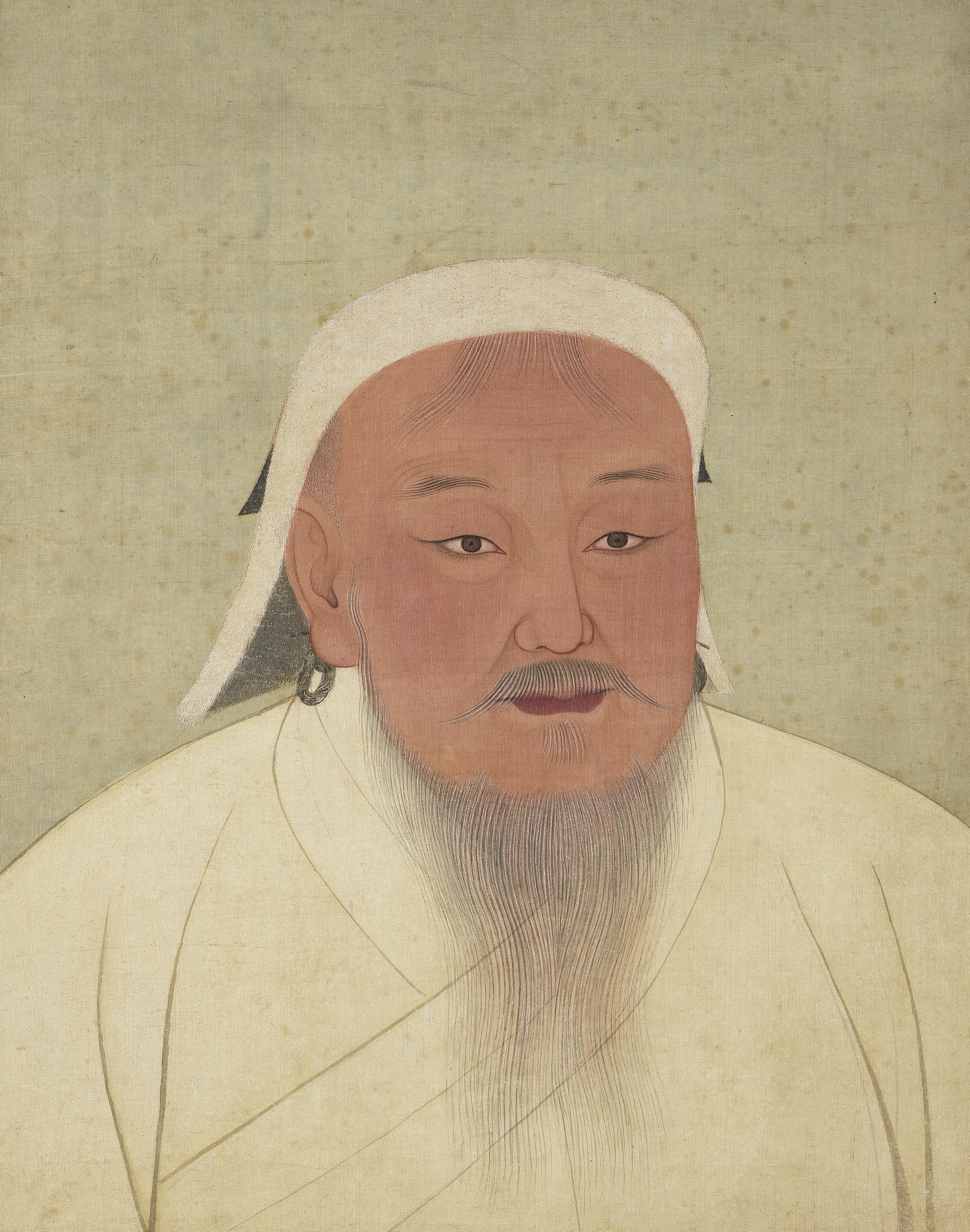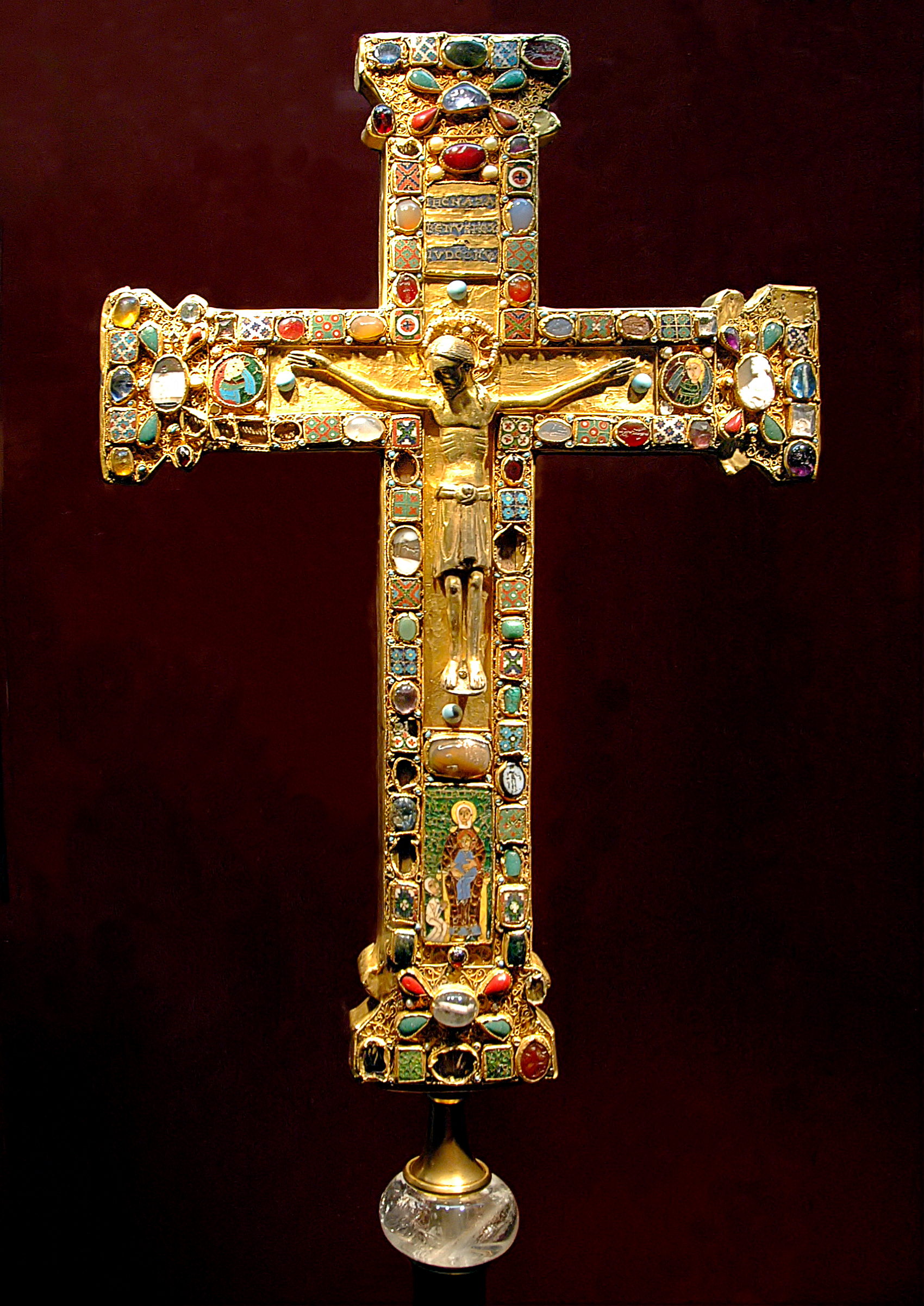|
Seneslau
Seneslau, also Seneslav or Stănislau, was a Vlach ''voivode'' mentioned in the Diploma of the Joannites issued by king Béla IV of Hungary (1235–1270) on 2 July 1247. The diploma granted territories to the Knights Hospitaller in the Banate of Severin and '' Cumania''. According to the diploma, the king gave the territories east of the Olt River to the knights, with the exception of the territory of ''voivode'' Seneslau. The name of Seneslav is of Slavic origin. Seneslau held central and southern Muntenia (''i.e.'', the territories along the rivers Argeş and Dâmboviţa). The Romanian historian Ioan Aurel Pop suggests that Seneslau was quasi independent of the king of Hungary. According to the Hungarian historian István Vásáry, his title ''(voivode)'' suggests that he had a territorial unit under his jurisdiction. The diploma of Béla IV also refers to the '' kenazate''s of John, Farcaş and ''voivode'' Litovoi. Although the names of Seneslau and Litovoi are of Slavic ... [...More Info...] [...Related Items...] OR: [Wikipedia] [Google] [Baidu] |
Litovoi
Litovoi, also Litvoy, was a Vlach/Romanian ''voivode'' in the 13th century whose territory comprised northern Oltenia in today's Romania. He is mentioned for the first time in the Diploma of the Joannites issued by king Béla IV of Hungary (1235–1270) on 2 July 1247. The diploma granted territories to the Knights Hospitaller in the Banate of Severin and ''Cumania'', ''“with the exception of the land of the kenazate of Voivode Litovoi,”'' which the king left to the Vlachs ''“as they had held it”''. Name The king’s diploma also refers to the ''kenazate''s of Farcaș and John and to a certain ''voivode'' Seneslau. Although the names of Litovoi and Seneslau are of Slavic origin, they are expressly said to be Vlachs ''(Olati)'' in the king's diploma. It seems that Litovoi was the most powerful of all the above local rulers. His territories were exempted from the grant to the knights, but half of the royal tax generated by his land ''(terra Lytua)'' was assigned to t ... [...More Info...] [...Related Items...] OR: [Wikipedia] [Google] [Baidu] |
Foundation Of Wallachia
The founding of Wallachia ( ro, descălecatul Țării Românești), that is the establishment of the first independent Romanian principality, was achieved at the beginning of the 14th century, through the unification of smaller political units that had existed between the Carpathian Mountains, and the Rivers Danube, Siret and Milcov.Pop 1999, p. 45.Georgescu 1991, p. 17. Prior to the consolidation of Wallachia, waves of nomadic peoples – the last of them being the Cumans and the Mongols – rode across the territory. The territory became a frontier area between the Golden Horde (the westernmost part of the Mongol Empire) and the Kingdom of Hungary after 1242. The Romanians in Muntenia, east of the Olt River, had to pay tribute to the Mongols; and west of the river, in Oltenia, they were oppressed by the Bans of Severin, appointed by the Kings of Hungary.Vásáry 2005, p. 148. The Golden Horde's domination decreased in the region at the end of the 13th century, and at that tim ... [...More Info...] [...Related Items...] OR: [Wikipedia] [Google] [Baidu] |
John (knez)
John, also Joan or Ioan, was a '' cneaz'' (local chieftain or ruler) mentioned in the Diploma of the Joannites issued by King Béla IV of Hungary (1235–1270) on 2 July 1247; the diploma granted territories to the Knights Hospitaller in the Banate of Severin and '' Cumania''. John held a '' kenazate'' which was given to the knights by the king. His ''kenazate'' lay in southern Oltenia. The diploma of Béla IV also refers to the ''kenazate''s of Farcaş and ''voivode'' Litovoi and to ''voivode'' Seneslau. Seneslau and Litovoi are expressly said to be Vlachs ''(Olati)'' in the king's diploma. The Romanian historian Ioan-Aurel Pop suggests that the ''kenazate'' of John was one of the incipient Romanian states south of the Carpathian Mountains. In the diploma, his name is given in its Latin form ''(Johannes)'', and so contains no hint of the nationality of its bearer. See also *Foundation of Wallachia *List of rulers of Wallachia This is a list of rulers of Wallachia, from ... [...More Info...] [...Related Items...] OR: [Wikipedia] [Google] [Baidu] |
Diploma Of The Joannites
The Diploma of the Joannites, or Diploma of the Knights of St. John, was a grant issued in 1247 by King Béla IV of Hungary, to Master Rembald of the Knights Hospitaller. It allowed the Knights to settle in Severin, in what is today Romania, where they could defend the Hungarian borders against Cuman invaders. See also * Litovoi * Seneslau * John * Farcaș Farcaș, also Farkas, Farkaș or Farcas, was a '' cneaz'' (local chieftain or ruler) mentioned in the Diploma of the Joannites issued by king Béla IV of Hungary (1235–1270) on 2 July 1247; the diploma granted territories to the Knights Hospital ... External linksLatin text of the Diploma Knights Hospitaller 13th century in Hungary {{Orders-medals-stub ... [...More Info...] [...Related Items...] OR: [Wikipedia] [Google] [Baidu] |
Banate Of Severin
The Banate of Severin or Banate of Szörény ( hu, Szörényi bánság; ro, Banatul Severinului; la, Banatus Zewrinensis; bg, Северинско банство, ; sr, Северинска бановина, ) was a Hungarian political, military and administrative unit with a special role in the initially anti- Bulgarian, latterly anti- Ottoman defensive system of the medieval Kingdom of Hungary. It was founded by Prince Béla in 1228. Territory The Banate of Severin was a march (or a border province) of the medieval Kingdom of Hungary between the Lower Danube and the Olt River (in present-day Oltenia in Romania). A charter of grant, issued on 2 June 1247 to the Knights Hospitallers, mentioned the Olt as its eastern border. The Knights received the "Land of Severin" ''(Terra de Zeurino)'', along with the nearby mountains, from Béla IV of Hungary. The king had described the same region as a "deserted and depopulated" land in a letter to Pope Gregory IX on 7 June 1238 ... [...More Info...] [...Related Items...] OR: [Wikipedia] [Google] [Baidu] |
List Of Rulers Of Wallachia
This is a list of rulers of Wallachia, from the first mention of a medieval polity situated between the Southern Carpathians and the Danube until the union with Moldavia in 1859, which led to the creation of Romania. Notes Dynastic rule is hard to ascribe, given the loose traditional definition of the ruling family. On principle, princes were chosen from any family branch, including a previous ruler's bastard sons, being defined as ''os de domn'', "of Voivode marrow", or as having ''heregie'', "heredity" (from the Latin ''hereditas''); the institutions charged with the election, dominated by the boyars, had fluctuating degrees of influence. The system itself was challenged by usurpers, and became obsolete with the Phanariote epoch, when rulers were appointed by the Ottoman Sultans; between 1821 and 1878 (the date of Romania's independence), various systems combining election and appointment were put in practice. Wallachian rulers, like the Moldavian rulers, bore the titles of ... [...More Info...] [...Related Items...] OR: [Wikipedia] [Google] [Baidu] |
Vlachs
"Vlach" ( or ), also "Wallachian" (and many other variants), is a historical term and exonym used from the Middle Ages until the Modern Era to designate mainly Romanians but also Aromanians, Megleno-Romanians, Istro-Romanians and other Eastern Romance-speaking subgroups of Central and Eastern Europe. As a contemporary term, in the English language, the Vlachs are the Balkan Romance-speaking peoples who live south of the Danube in what are now southern Albania, Bulgaria, northern Greece, North Macedonia, and eastern Serbia as native ethnic groups, such as the Aromanians, Megleno-Romanians and the Timok Romanians. The term also became a synonym in the Balkans for the social category of shepherds, and was also used for non-Romance-speaking peoples, in recent times in the western Balkans derogatively. The term is also used to refer to the ethnographic group of Moravian Vlachs who speak a Slavic language but originate from Romanians. "Vlachs" were initially identified and de ... [...More Info...] [...Related Items...] OR: [Wikipedia] [Google] [Baidu] |
13th-century Hungarian People
The 13th century was the century which lasted from January 1, 1201 ( MCCI) through December 31, 1300 ( MCCC) in accordance with the Julian calendar. The Mongol Empire was founded by Genghis Khan, which stretched from Eastern Asia to Eastern Europe. The conquests of Hulagu Khan and other Mongol invasions changed the course of the Muslim world, most notably the Siege of Baghdad (1258), the destruction of the House of Wisdom and the weakening of the Mamluks and Rums which, according to historians, caused the decline of the Islamic Golden Age. Other Muslim powers such as the Mali Empire and Delhi Sultanate conquered large parts of West Africa and the Indian subcontinent, while Buddhism witnessed a decline through the conquest led by Bakhtiyar Khilji. The Southern Song dynasty would begin the century as a prosperous kingdom but would eventually be invaded and annexed into the Yuan dynasty of the Mongols. The Kamakura Shogunate of Japan would be invaded by the Mongols. Goryeo resist ... [...More Info...] [...Related Items...] OR: [Wikipedia] [Google] [Baidu] |
People Of Medieval Wallachia
A person ( : people) is a being that has certain capacities or attributes such as reason, morality, consciousness or self-consciousness, and being a part of a culturally established form of social relations such as kinship, ownership of property, or legal responsibility. The defining features of personhood and, consequently, what makes a person count as a person, differ widely among cultures and contexts. In addition to the question of personhood, of what makes a being count as a person to begin with, there are further questions about personal identity and self: both about what makes any particular person that particular person instead of another, and about what makes a person at one time the same person as they were or will be at another time despite any intervening changes. The plural form "people" is often used to refer to an entire nation or ethnic group (as in "a people"), and this was the original meaning of the word; it subsequently acquired its use as a plural form of p ... [...More Info...] [...Related Items...] OR: [Wikipedia] [Google] [Baidu] |
Medieval Romanian Nobility
In the history of Europe, the Middle Ages or medieval period lasted approximately from the late 5th to the late 15th centuries, similar to the post-classical period of global history. It began with the fall of the Western Roman Empire and transitioned into the Renaissance and the Age of Discovery. The Middle Ages is the middle period of the three traditional divisions of Western history: classical antiquity, the medieval period, and the modern period. The medieval period is itself subdivided into the Early, High, and Late Middle Ages. Population decline, counterurbanisation, the collapse of centralized authority, invasions, and mass migrations of tribes, which had begun in late antiquity, continued into the Early Middle Ages. The large-scale movements of the Migration Period, including various Germanic peoples, formed new kingdoms in what remained of the Western Roman Empire. In the 7th century, North Africa and the Middle East—most recently part of the Eastern Roma ... [...More Info...] [...Related Items...] OR: [Wikipedia] [Google] [Baidu] |





_1938.jpg)
